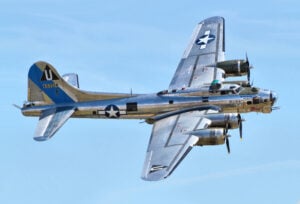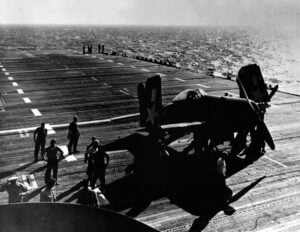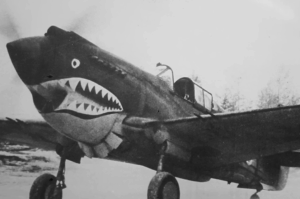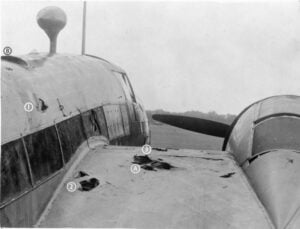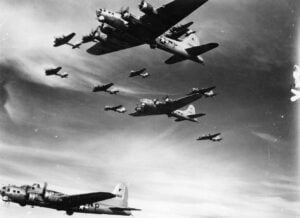How the Spitfire Kept Getting Better: From Mk I to Mk 24
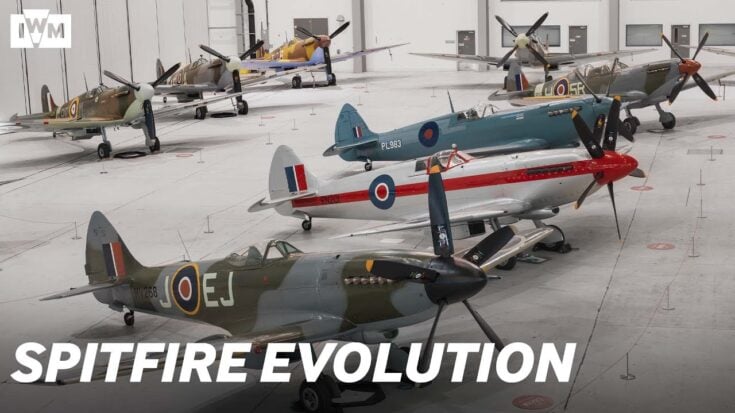
YouTube / Imperial War Museums
Few aircraft in history evolved as rapidly—or as beautifully—as the Supermarine Spitfire. Designed by Reginald Mitchell, this elegant fighter became a symbol of Britain’s resolve during World War II. Yet behind its graceful curves lay an engine of constant innovation. From the fabric-covered Mk I of 1938 to the thunderous Mk 24 of 1947, the Spitfire’s evolution reflected the fast-paced technological arms race of the skies.
The Birth of a Legend
The first operational Spitfire, the Mk I, entered service in 1938. It featured the now-famous elliptical wings that gave it both lift and speed, though they took three times longer to build than a Messerschmitt Bf 109’s straight wing. Powered by the 1,030-horsepower Rolls-Royce Merlin, it could climb and turn tighter than most German fighters. Early quirks included fabric ailerons and a color-coded underside—one black, one white—to help friendly anti-aircraft gunners recognize it.
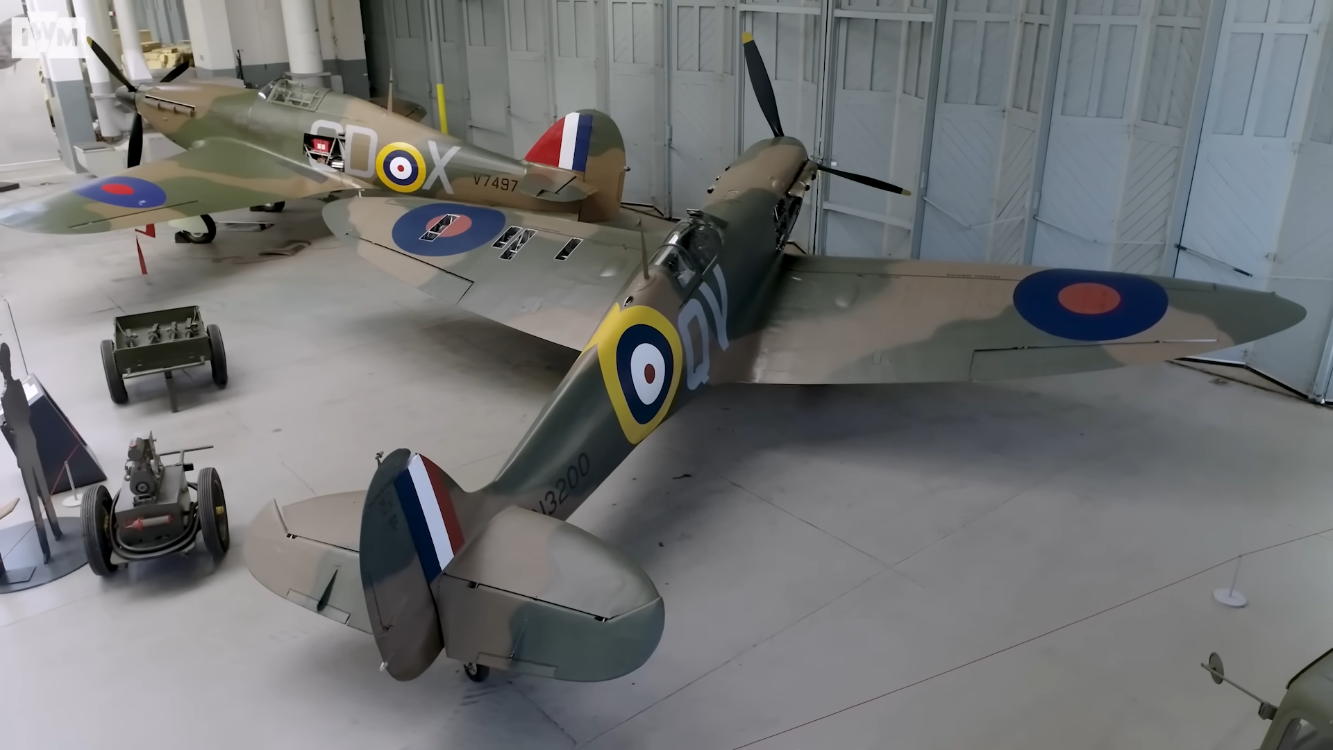
Despite its light frame and modest power, the Mk I helped win the Battle of Britain. But as the Luftwaffe improved its aircraft, the Spitfire had to keep up.
More Power, New Wings
By 1941, the Spitfire Mk V arrived with an upgraded Merlin producing around 1,350 horsepower. Engineers also replaced the fabric control surfaces with lightweight alloys, allowing pilots to maintain control at higher speeds. When Germany introduced the formidable Focke-Wulf 190, the RAF clipped the Spitfire’s elliptical wingtips to help it roll faster during dogfights. The modification sacrificed some turning radius but gave pilots a vital edge in quick maneuvers.
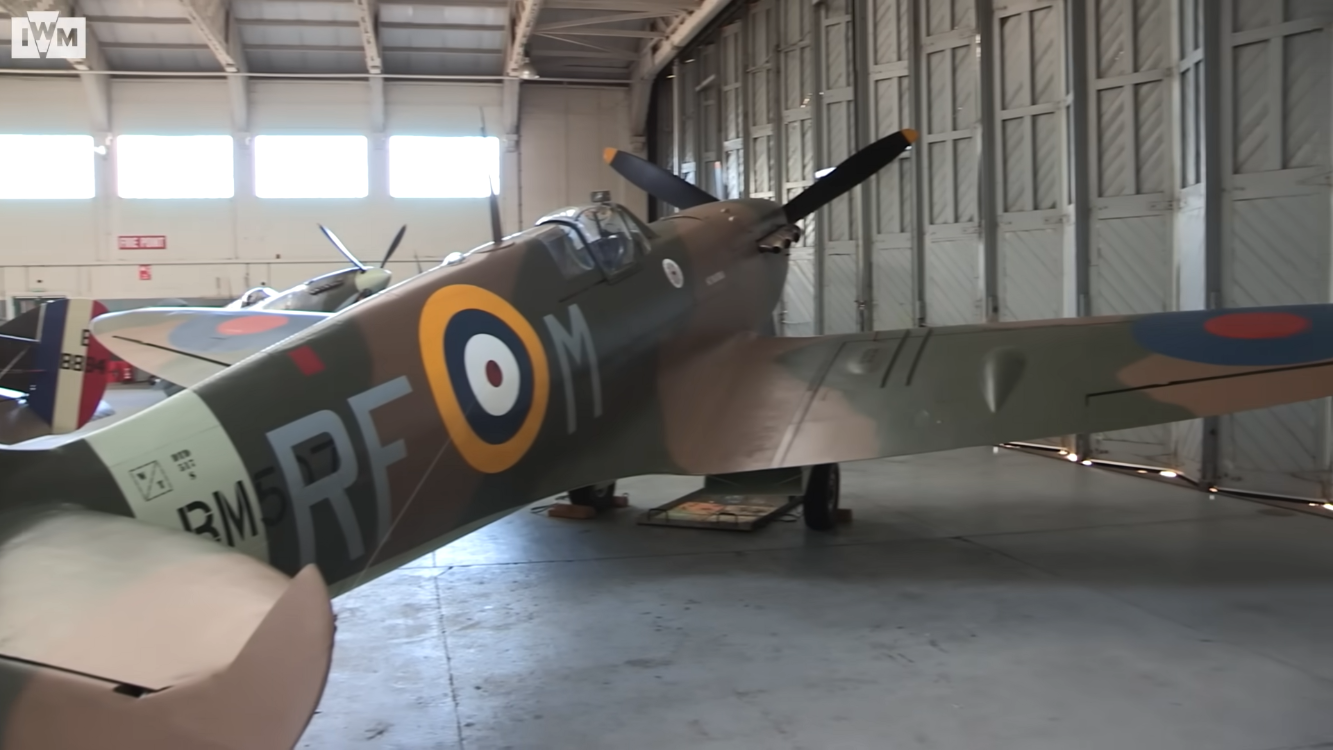
This version also saw improvements in firepower—from the eight rifle-caliber machine guns of the Mk I to two 20mm Hispano cannons and four machine guns, providing far greater punch against bombers.
The Battle Favorite: Spitfire Mk IX
The Mk IX, introduced in 1943, was the Spitfire perfected. With a two-stage, two-speed supercharged Merlin engine delivering up to 1,700 horsepower and a four-bladed propeller, it could finally match the Focke-Wulf 190 in speed and climb.
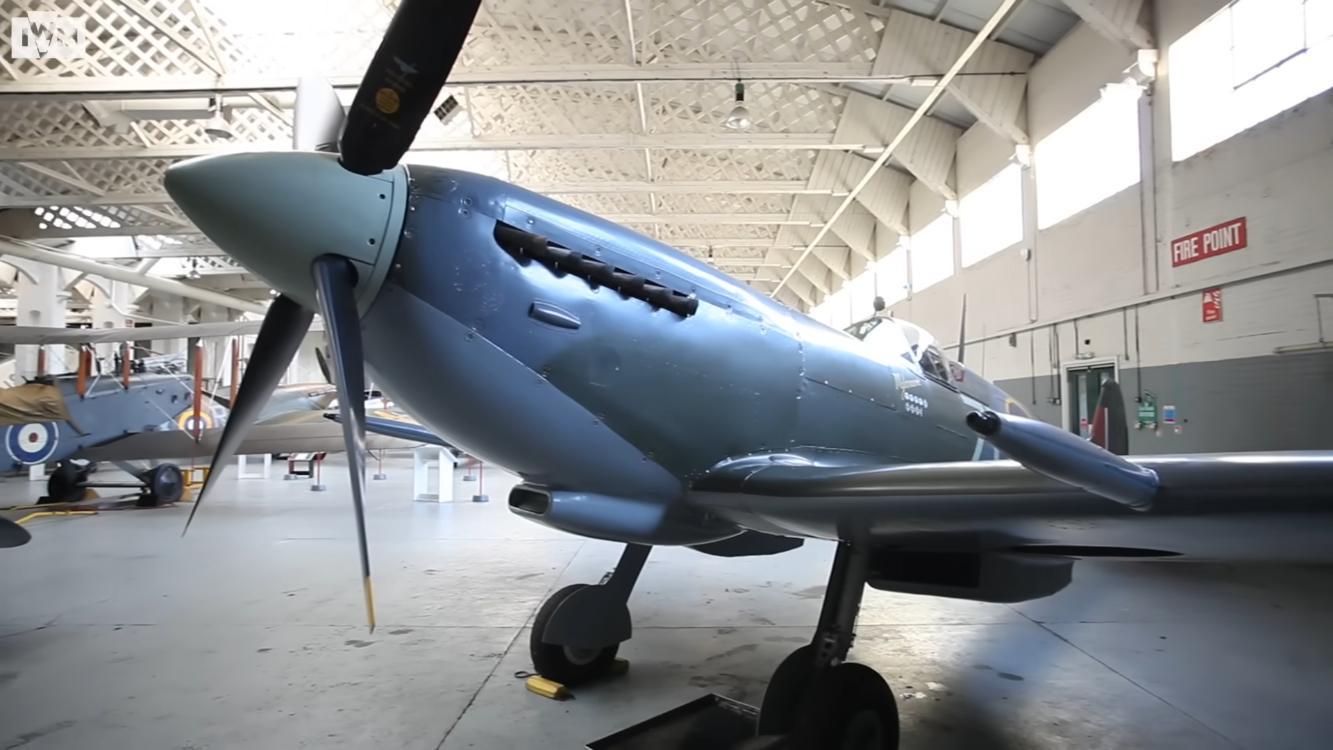
RAF ace Johnny Johnson called the Mk IX his favorite, praising its balance of agility and power. This version became a favorite among pilots for its reliability and performance across Europe.
Enter the Griffon Engine
As the war neared its end, Rolls-Royce developed the mighty 36.9-liter Griffon engine. Nearly ten liters larger than the Merlin, it powered later Spitfires like the Mk XIV with over 2,000 horsepower and a five-bladed propeller.
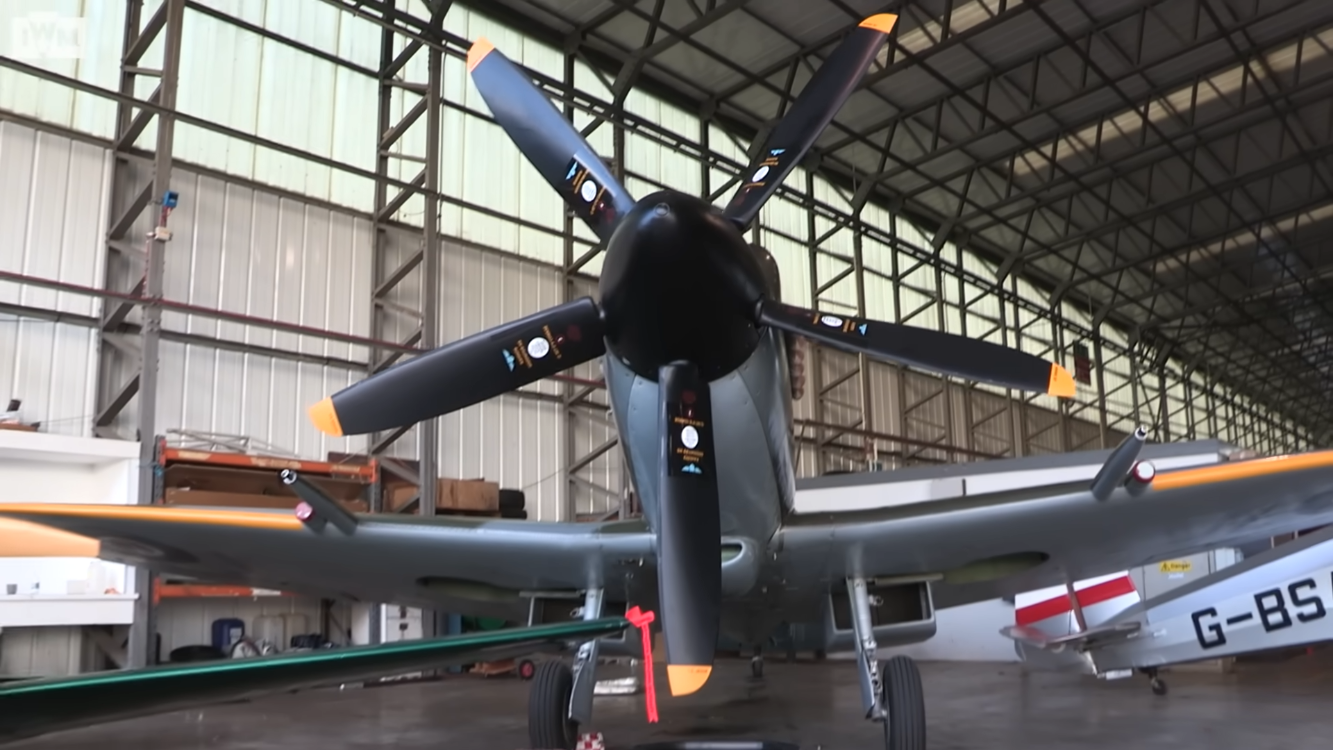
The Griffon Spitfires looked more muscular, featuring longer noses and larger tail fins to counteract the new engine’s torque. These aircraft could reach nearly 450 mph—astonishing for a piston-driven fighter.
The Final Evolution: Spitfire Mk 24
The last of the breed, the Mk 24, appeared in 1947. Only 80 were built, each a culmination of everything learned during the war. Stronger, heavier, and more heavily armed—with four Hispano cannons and the ability to carry bombs—it represented the end of an era as jet aircraft began to dominate.
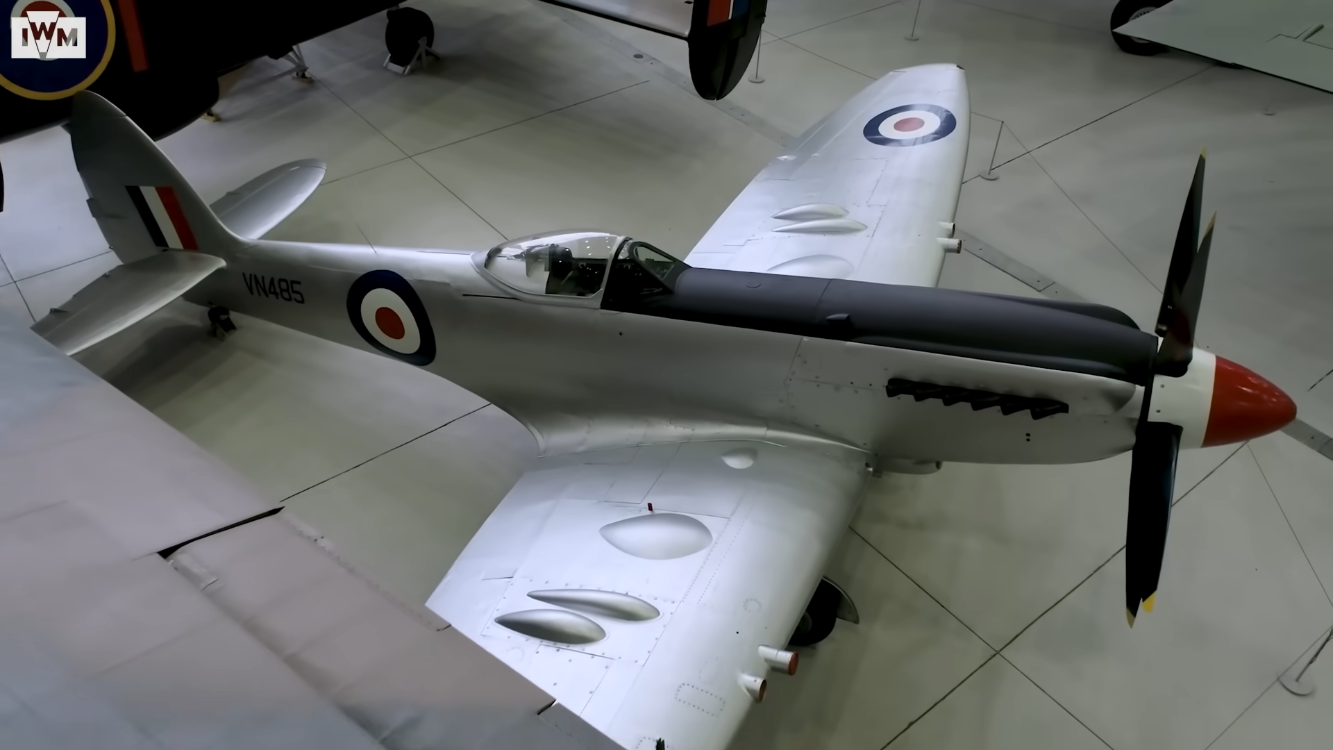
Yet despite all the changes, its sleek silhouette remained instantly recognizable.
A Timeless Design
From its linen-covered wings to its five-bladed propeller, the Spitfire never lost its identity. Mitchell’s design was so ahead of its time that even as power doubled from 1,000 to 2,400 horsepower, the airframe stayed largely the same. The Spitfire’s beauty wasn’t just in its looks—it was in how it adapted, evolved, and endured. Eighty years later, the sound of its Merlin or Griffon engine still stirs the hearts of all who hear it.














